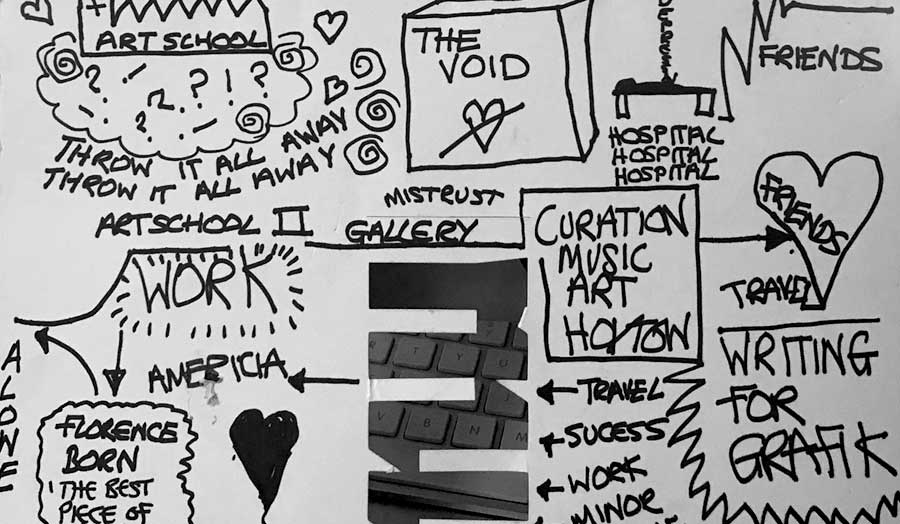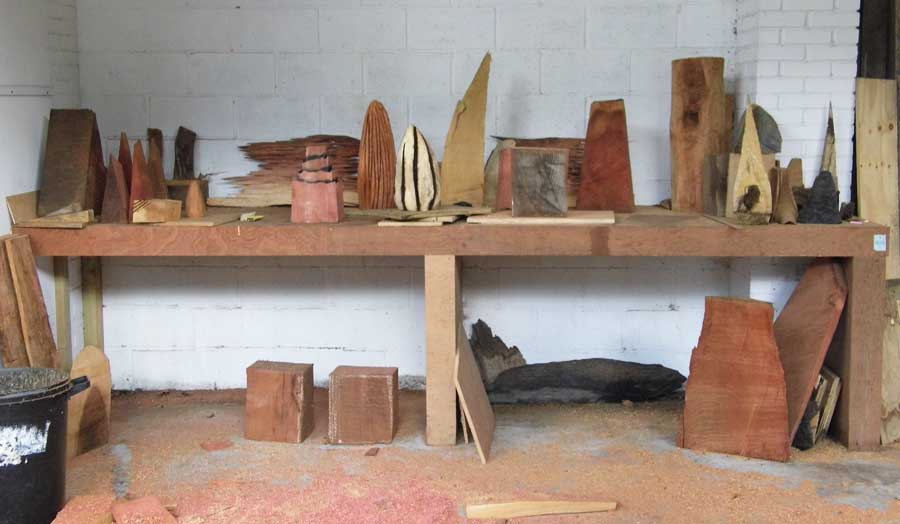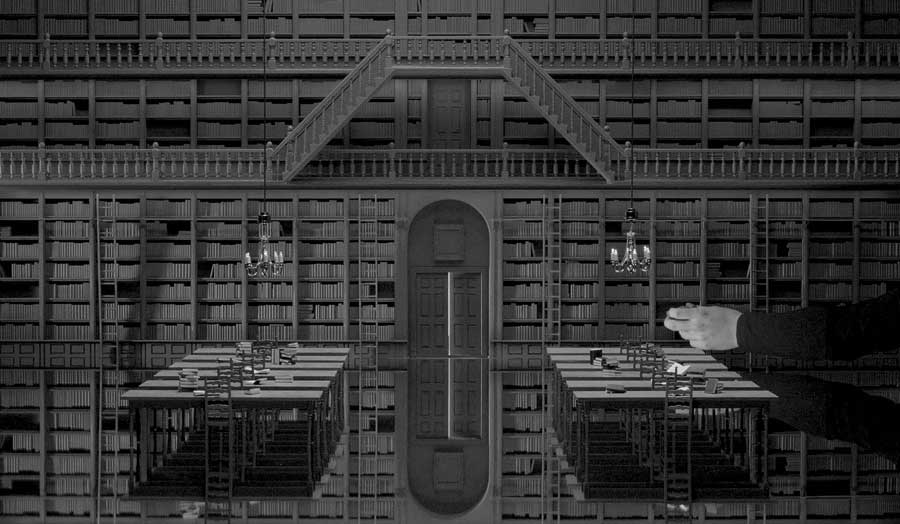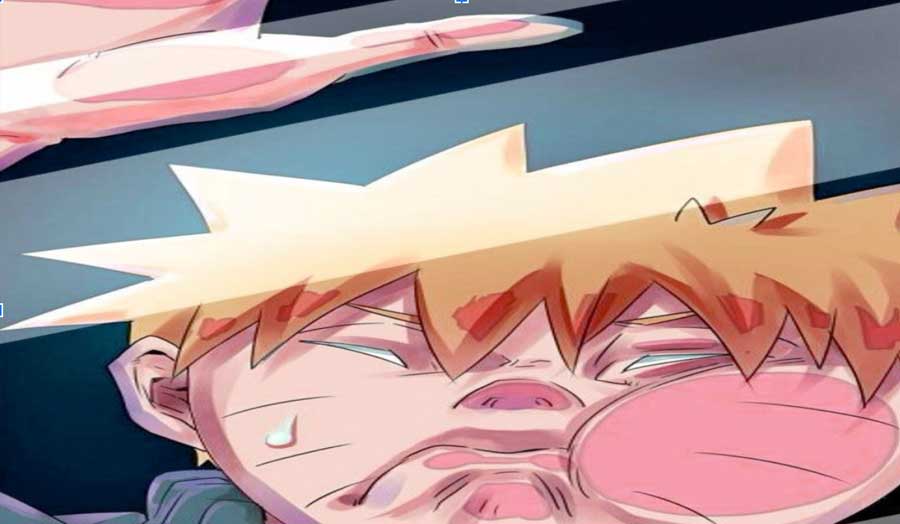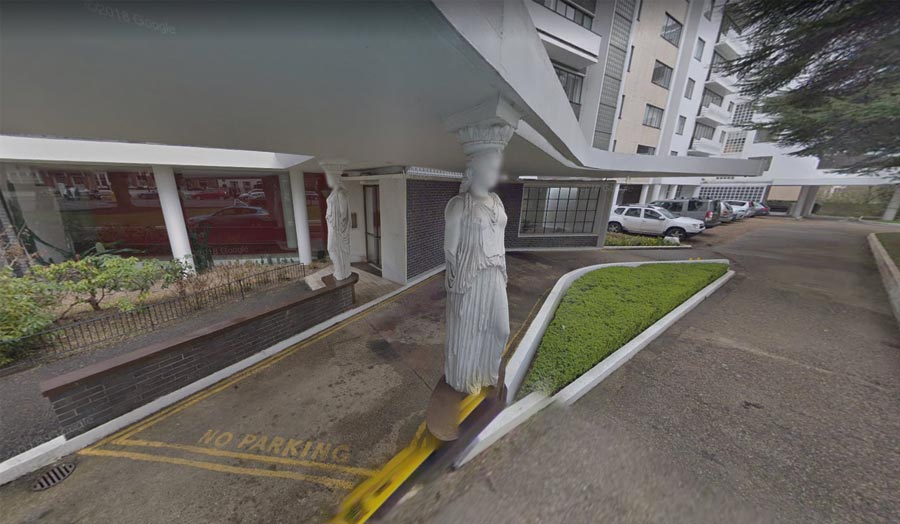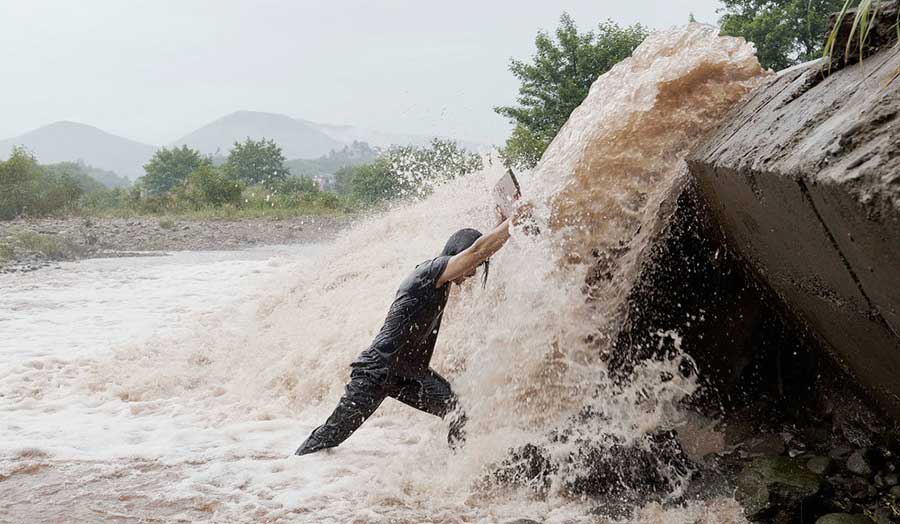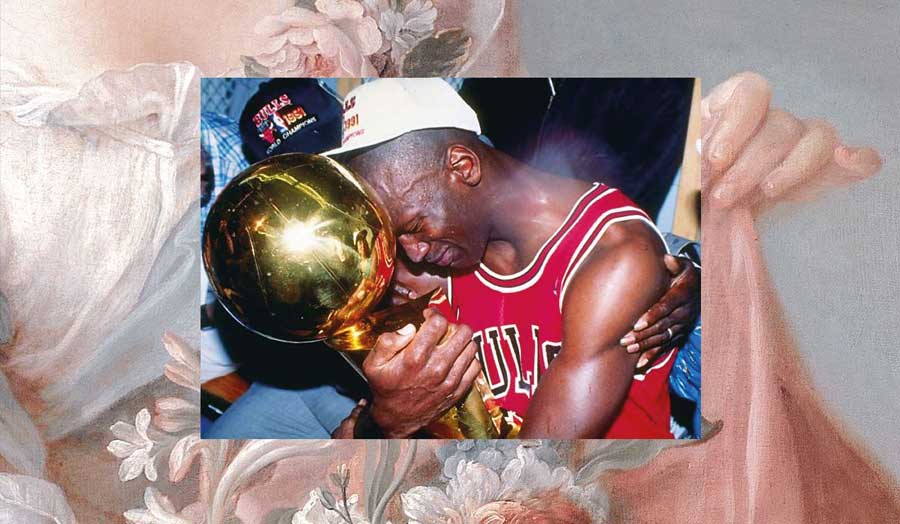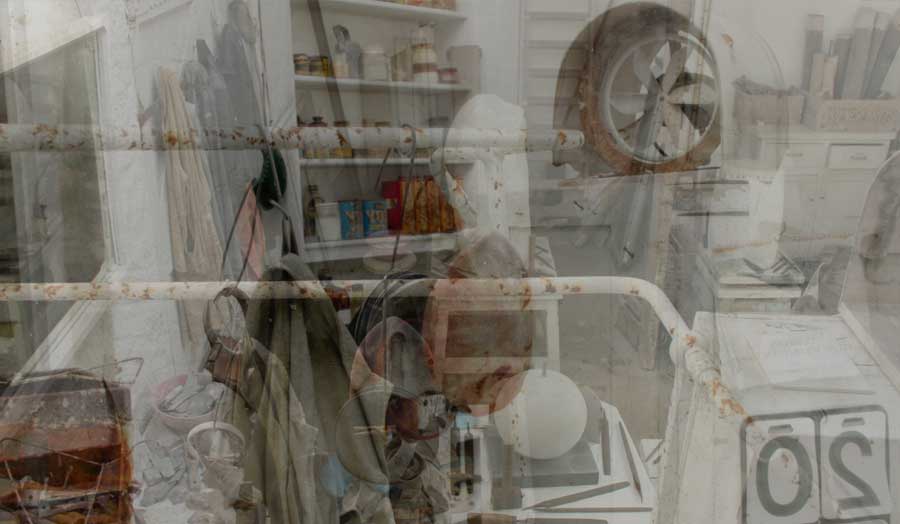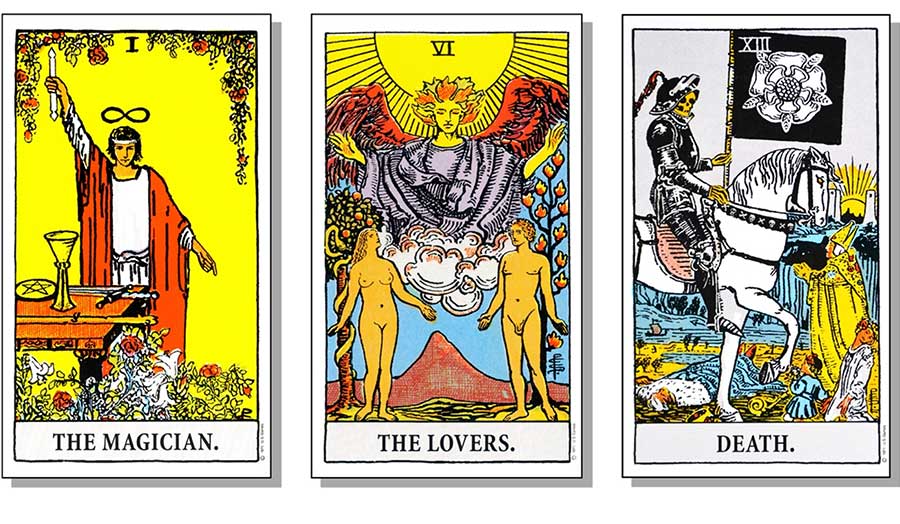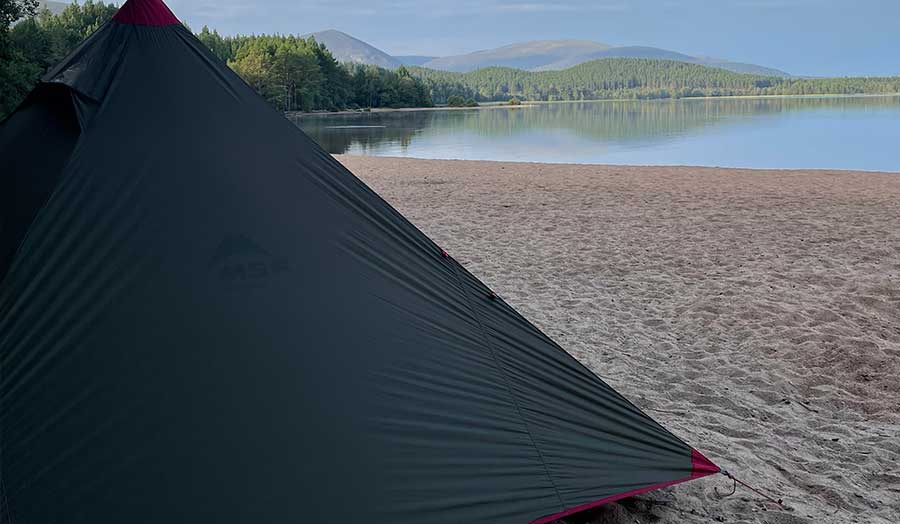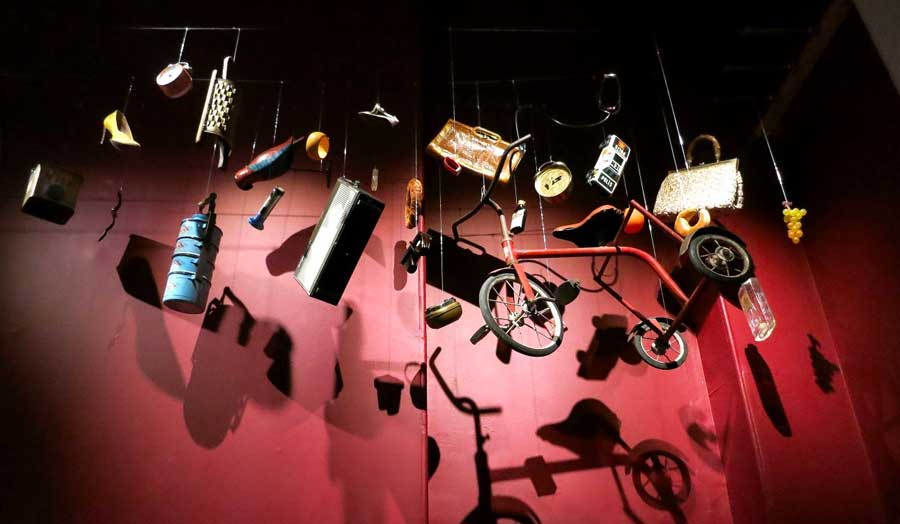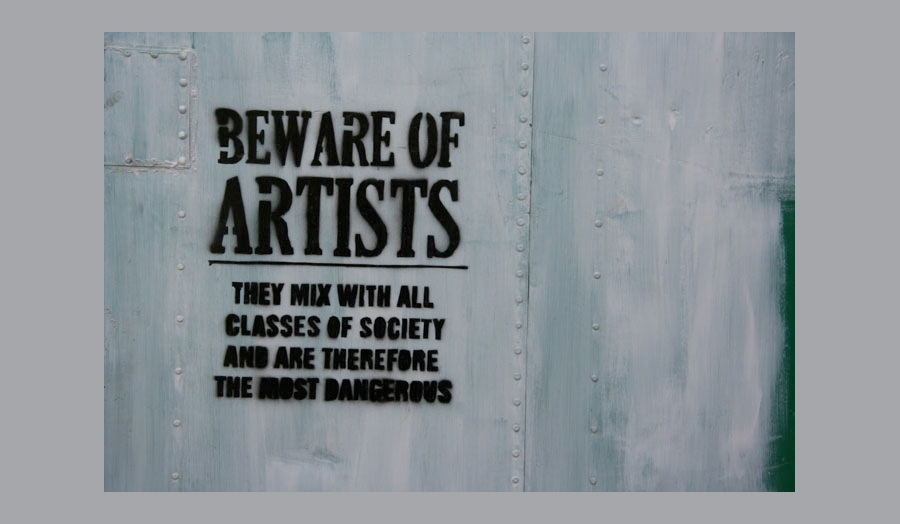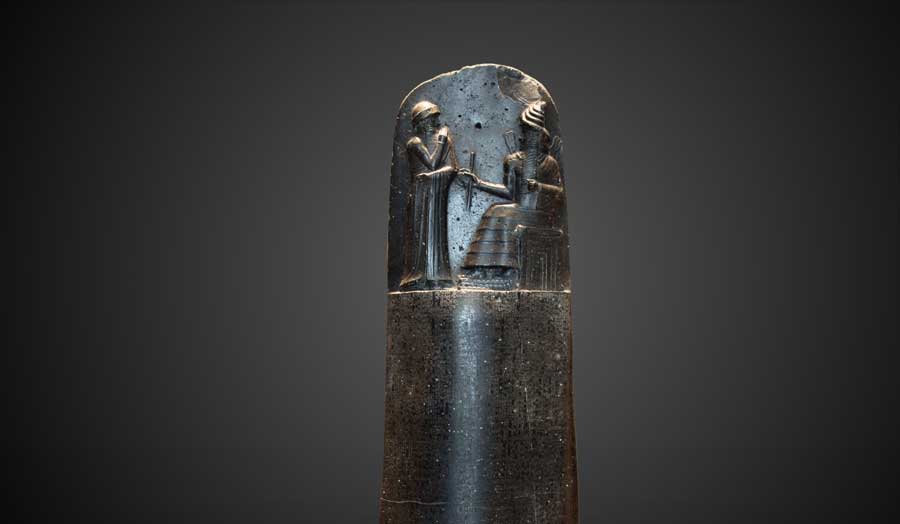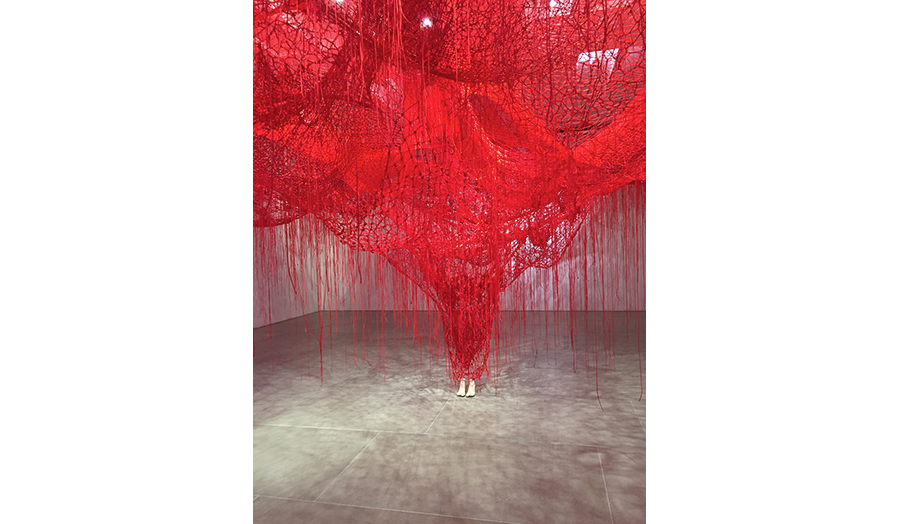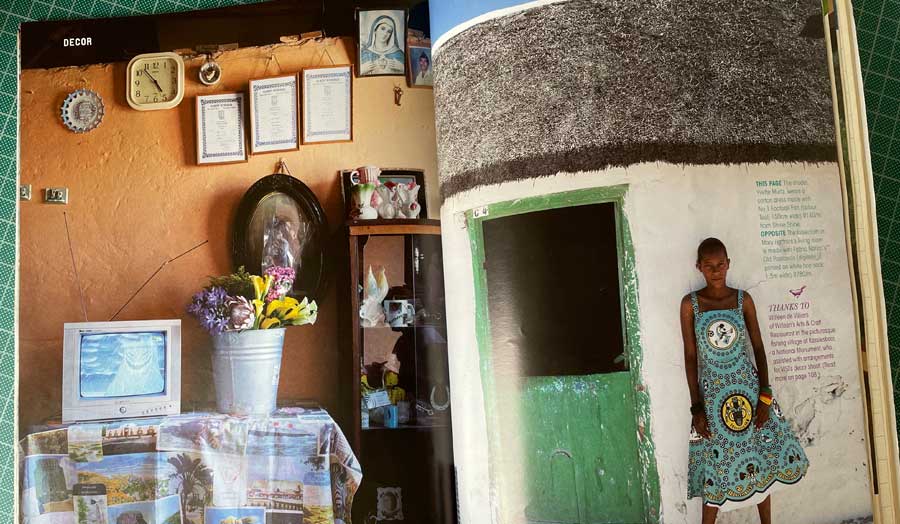Heidi Yeo
‘Design needs to be plugged into human behaviour. Design dissolves in behaviour.’
Naoto Fukasaw
Desire Paths are visible as traces of use or wear that signpost preferred methods of interaction, be that with object or environment (including the body). The implicit claim is that they represent an unbiased indication of our authentic response and suggest frequency of real-world engagement. In response to the pandemic, some of these paths will have transformed and new ones will have emerged.
Desire paths show up as patterns and deviations, experienced in every aspect of our daily lives and have the capacity to affect and shape our ideas. They are seen in such diverse contexts as urban planning, time-worn interiors and through appropriation of social media platforms, also emerging through ways in which we respond to the garments we wear and the objects we use. They make explicit our intuitive desires for speed, ease, comfort, novelty and beauty.
Though a concept born in the physical world, Desire Paths may also be interpreted as metaphor for anarchism, viewed as evidence of deviation, an ‘inability or unwillingness to do what we’re told’ (Moor) or a ‘record of collective disobedience’ (Ballard). They may be an inherent or learned aspect of individual creativity, or emerge through "the wisdom of crowds" (Surowiecki, 2004) and have the capacity to express essential values beyond borders and disciplines. Such traces sit at the intersection of design and user experience and offer a mindset for approaching new product and experience development.
The studio we will work to explore implications and opportunities afforded by nomadic thought and the model of the of the rhizome as ways to help identify and develop a dissertation topic and a piece of writing that reflects your authentic self. The aim is to underpin a practice that produces experiences that serve, empower and enchant through audience encounter, facilitate outcomes that resonate with human needs and creates emotional connection with us as human beings. Could this approach work to inform your creative practice?
Seminar weeks will model the identification, research and structural development of a dissertation topic, before moving into individual tutorials. Through this process you will experience each other as a valuable resource in testing ideas, and in developing the confidence to identify and set up primary research experiences. Through readings, short pieces of writing, talks, exhibitions, site visits and the sharing of ideas and research findings, the studio aims to elicit what is important to you, contributing to strategic thinking, a more sustainable practice and your creative success in the process.
View, visit, read
- Waste Age: What can design do? – Design Museum – opens 23rd October 2021 ‘A new generation of designers is rethinking our relationship to everyday things. From fashion to food, electronics to construction, even packaging - finding the lost value in our trash and imagining a future of clean materials and a circular economy could point the way out of the Waste Age.’
- Isamu Noguchi – Barbican Centre – Thu 30 Sep 2021 – Sun 9 Jan 2022 ‘Embracing social, environmental and spiritual consciousness, Noguchi believed sculpture could 'be a vital force in our everday life' and saw art “as something which teaches human beings how to become more human.”’
- Serpentine Pavilion 2021 – Kensington Gardens – until 17th October ‘Responding to the historical erasure and scarcity of informal community spaces across the city, the Pavilion references and pays homage to existing and erased places that have held communities over time and continue to do so today.’ Listen to first video (3.53mins)
Studio bibliography
- Ballard, S, Z Joyce, L Muller, 'FCJ-20’, in: Networked Utopias(Issue 20, p.6)
- Batra, R, C, Seifert, D, Brei (eds), The psychology of design: creating consumer appeal(Routledge, 20
- Benz, P, Experience Design, (Bloomsbury Academic, 2014)
- Chapman, Jonathan, Emotionally Durable Design: Objects, Experiences, and Empathy, (London: Earthscan, 2005)
- Ingold, T, Making:anthropology, archaeology, art and architecture (London: Routledge, 2013)
- Irvine, William B, On Desire: Why We Want What We Want, (Oxford University Press, 2006)
- Moor, R, Tracing (and erasing) New York’s Lines of Desire, The New Yorker (20 February, 2017)
- Norman, Donald A, Living with Complexity,(MIT Press, 2011)
- Papanek, Victor, Design for the Real World: Human Ecology and Social Change, (Thames and Hudson, 1985)
- Pezeu-Massabuau, Jacques, A Philosophy of Discomfort, (Reaktion Books, 2012)
- Rose, David, Enchanted Objects: Innovation, Design, and the Future of Technology(2014)
- Schroeder, Timothy, Three Faces of Desire, (Oxford University Press, 2004)
- Schwartzman, Madeline, See Yourself Sensing: Redefining Human Perception (London: Black Dog Pub, 2011)
- Surowiecki, J, The Wisdom of Crowds(Doubleday, 2004)
*
Studio image by Heidi Yeo. Banner: Hans Op de Beeck, Staging Silence (3), video still (detail), 2019
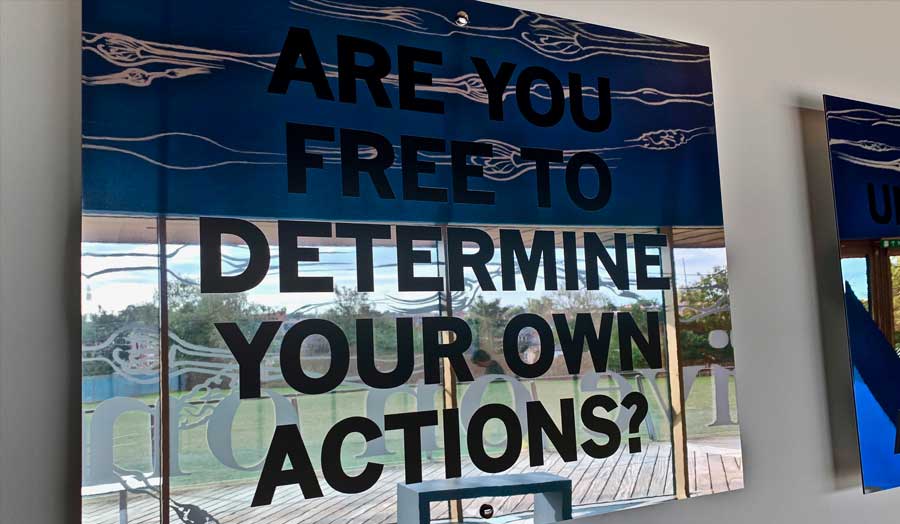
Details
| Tutor | Heidi Yeo |
|---|

-(1)-(1)-(1).jpg)
